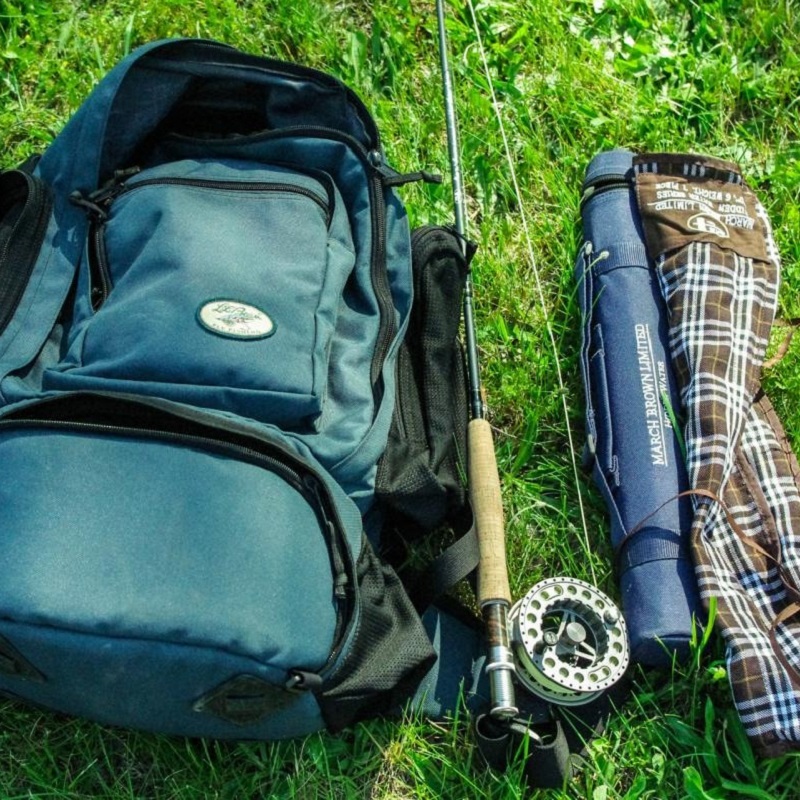Introduction
A well-maintained fly fishing pack can significantly enhance your fishing experience, ensuring that all your gear is organized, accessible, and functional. When you head out to your favorite fishing spot, having a clean and well-cared-for pack not only boosts your confidence but also reduces the chances of overlooking critical equipment. Additionally, proper maintenance extends the lifespan of your gear and helps you avoid unexpected issues during your trips.
In this article, we will delve into effective maintenance techniques for your fly fishing pack. We will cover everything from cleaning and organization tips to how to store your gear properly. By the end of this read, you will be equipped with the knowledge you need to keep your pack and equipment in peak condition, so you can fully focus on enjoying your time outdoors.
Understanding Your Fly Fishing Pack
Types of Fly Fishing Packs
Before diving into maintenance, it’s essential to first understand the different types of fly fishing packs available on the market. Each type of pack serves a unique purpose, including:
- Fishing Vests: These provide ample pockets for storage and are often worn directly on the body, allowing for easy access to gear while you cast your line.
- Backpacks: If you plan to hike to your fishing location, a fly fishing backpack is your best option. These packs offer more room and better weight distribution for long treks.
- Hip Packs: These packs offer easy access without the bulk, making them suitable for short trips or when wading in shallow water.
Understanding your pack’s design and function is vital for effective maintenance, ensuring that all features work optimally.
Features to Look For
When selecting a fly fishing pack, it’s important to consider features that enhance your experience. Some essential features include lightweight materials, waterproof compartments, adjustable straps, and integrated tool holders. These attributes not only improve comfort during use but also play a role in how easy your pack is to maintain.

Cleaning Your Fly Fishing Pack
The Necessity of Regular Cleaning
Cleaning your fly fishing pack is crucial to maintaining its performance and longevity. Regular cleaning prevents the buildup of dirt, grime, saltwater, and other contaminants, which can lead to material degradation. Additionally, a clean pack helps you spot any damages or wear early on, allowing for timely repairs.
Keeping your pack clean is also beneficial for health reasons, as mold and mildew can develop in damp conditions. Thus, establishing a regular cleaning routine is more than just aesthetics; it’s essential for the integrity of your fishing gear.
Step-by-Step Cleaning Process
To clean your fly fishing pack effectively, follow these steps:
- Empty Your Pack: Before cleaning, remove all gear and accessories. Take this opportunity to check for loose items or debris within the pack.
- Brush Off Loose Dirt: Use a soft brush or cloth to remove any excess dirt and dust from both the inside and outside. Pay particular attention to the zippers and seams, which can accumulate grime over time.
- Use Mild Detergent: Mix a solution of lukewarm water with a mild detergent. Use a sponge or soft brush to gently scrub the surface with this solution. Avoid using harsh chemicals, as they can damage the fabric of your pack.
- Rinse Thoroughly: Rinse your pack thoroughly with clean water to remove any soap residue. Be sure not to immerse the entire pack in water unless specified by the manufacturer’s instructions.
- Air Dry Completely: After rinsing, hang your pack to air dry away from direct sunlight, which can cause fading and material breakdown. Ensure that it’s completely dry before storing it, as dampness can lead to mold or mildew formation.
- Condition the Material: If your pack is made from leather or synthetic materials, consider applying a fabric conditioner or waterproofing spray after cleaning. This adds an extra layer of protection against water and dirt.
By adhering to these cleaning steps regularly, you can keep your fly fishing pack looking fresh and functioning optimally for all your fishing adventures.
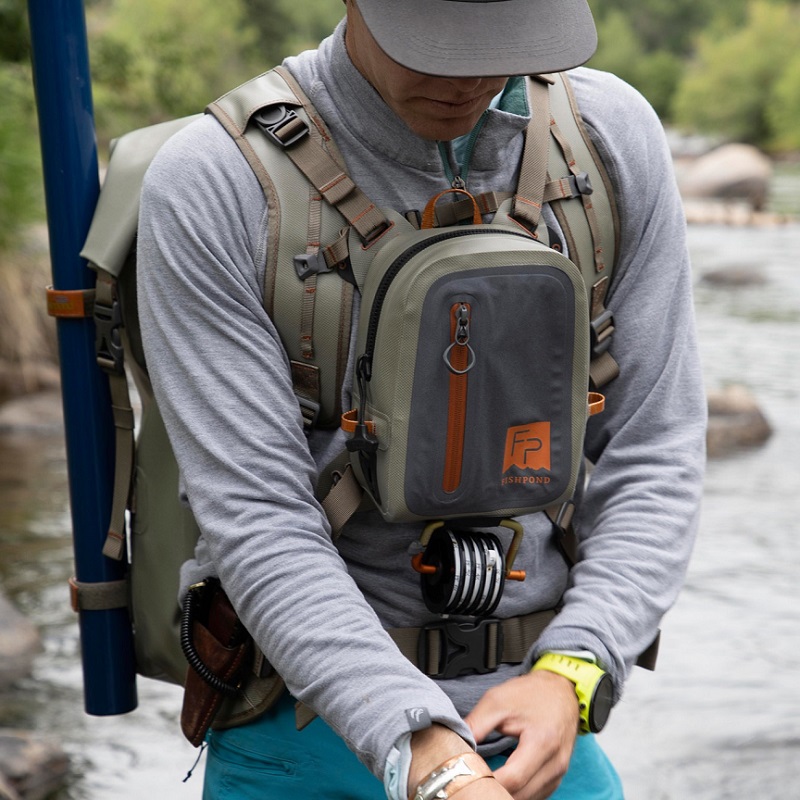
Proper Organization Techniques
Importance of Organization
Efficient organization within your fly fishing pack can save you time while at the water and minimize frustration. An organized pack allows you to quickly access tools and resources you need, reducing idle time that can impact your overall fishing experience.
Proper organization can also enhance your focus on fishing techniques and strategy since you’re not distracted by searching for misplaced items.
Key Organization Strategies
- Use Specific Compartments: Most fly fishing packs come with designated compartments for specific gear, such as fly boxes, tippet spools, and tools. Utilize these compartments to keep similar items together. Organizing these items not only speeds up access but also promotes better inventory management.
- Invest in Organizational Accessories: Consider using small tackle boxes or pouches to further divide your gear within your pack. This additional organization can help maintain easy access while keeping everything secure. Some anglers also prefer to use waterproof bags for delicate gear to add another layer of protection.
- Label Your Gear: For added convenience, particularly during multi-day trips, consider labeling your gear. Using a label maker or colored tape can enable you to minimize the time spent looking for certain items and improves your efficiency on the water.
- Reload After Each Trip: After each fishing trip, take a moment to restock your gear, replacing any items used, and ensure that everything is back in its proper place. This habit can help you prepare effectively for your next outing.
- Digital Inventory: Consider keeping a digital inventory of your gear using a simple app or spreadsheet. This method allows you to track what you have, what needs replacing, and what is currently in your pack for each trip. Doing so can save you time and money.
By implementing these organization techniques, you can enhance your preparedness for every fishing excursion and reduce the likelihood of forgetting important gear.
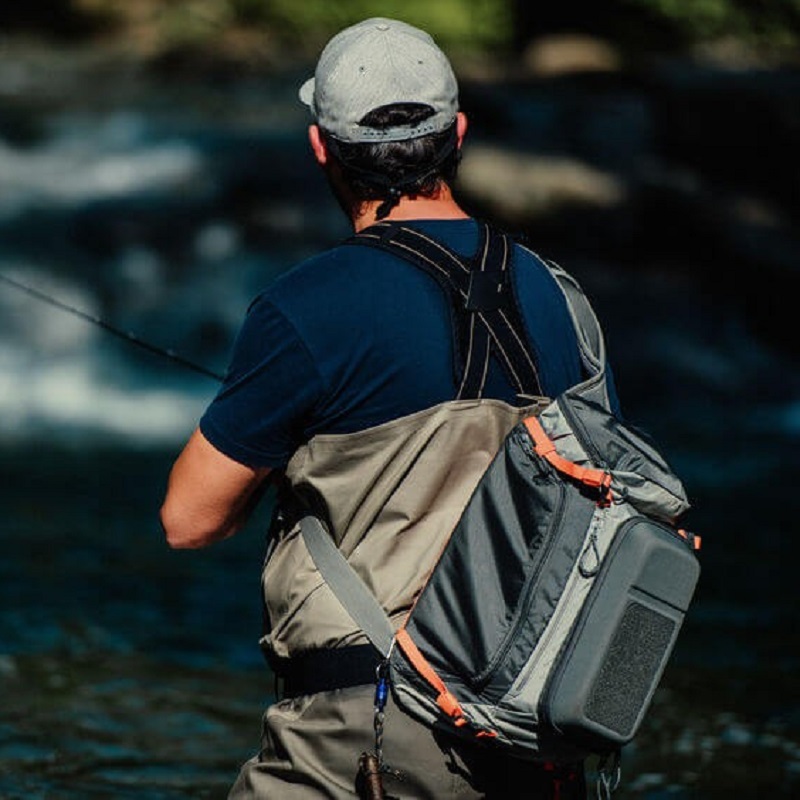
Storing Your Fly Fishing Pack
Effective Storage Solutions
Storing your fly fishing pack correctly can significantly influence its lifespan. Proper storage prevents moisture accumulation, mold development, and exposure to environmental factors that can degrade materials over time.
Storage Guidelines
- Choose a Cool, Dry Space: Always store your pack in a cool, dry place away from direct sunlight. Excessive heat can warp materials, while moisture can lead to mold growth. Ensure that your storage area has proper ventilation to keep air circulating around your gear.
- Avoid Compressed Areas: When storing your pack, avoid placing heavy objects on top that could cause it to lose shape. If necessary, use a dedicated shelf for your fishing gear to keep it organized without compression. Hanging your pack is another effective option to maintain its shape.
- Consider Using Desiccants: If the environment where you store your pack tends to be damp, consider using silica gel packs or other desiccants to prevent moisture from accumulating inside. This simple step can drastically reduce potential damage caused by moisture.
- Regularly Check Storage Conditions: Periodically inspect your storage area for any signs of dampness or pest infestations and adjust your storage solutions as necessary. Pests can cause substantial damage to materials, and checking early can save you from larger issues down the road.
- Use Protective Covers: If storing your pack for a long period, consider covering it with a breathable material or tarp. This adds another layer of protection against dust and insects.
By adhering to these storage guidelines, you can help ensure that your fly fishing pack remains in excellent condition year-round, ready for whenever adventure calls.
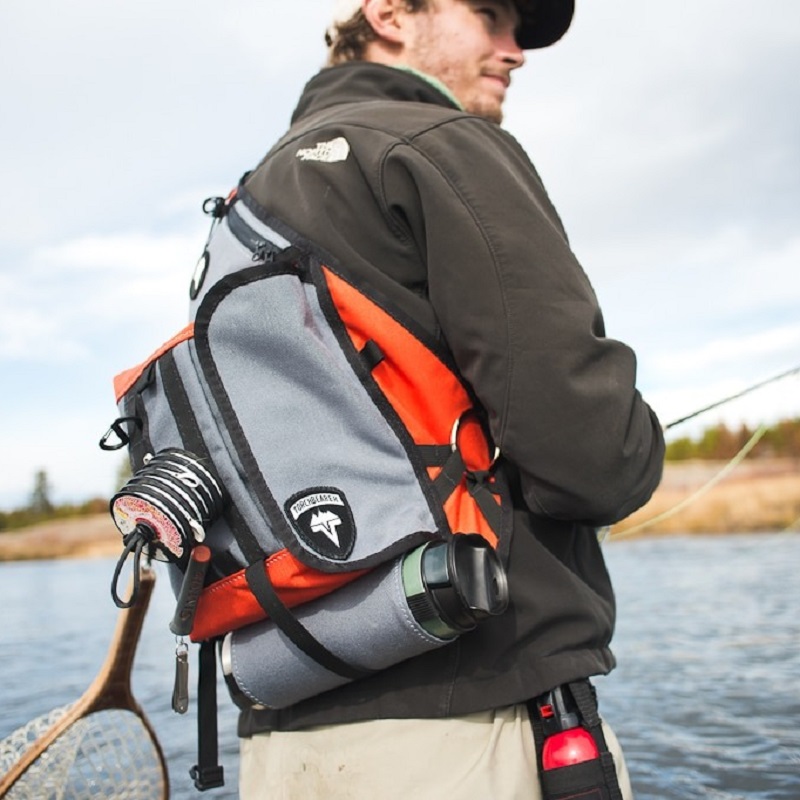
Repairing Your Gear
Quick Fixes for Common Issues
Regardless of how well you maintain your fly fishing pack, wear and tear is inevitable. That’s why being prepared for minor repairs is crucial to quickly address issues before they escalate into major problems.
Basic Repair Techniques
- Sewing Small Tears: If you notice a small tear in your pack, use a needle and thread to sew it closed. Be sure to use strong, durable thread that matches your material. Using a zigzag stitch can reinforce the area and prevent further tearing.
- Using Patches: For larger tears or damaged areas, using a patch can be more effective. Look for repair patches that match the fabric of your pack, following the manufacturer’s guidelines for application.
- Reinforcing Zippers: Zippers are often the first components to fail. If you notice issues, look into zipper repair kits that allow you to replace broken sliders or tooth segments. Lubricating the zipper tracks occasionally can also prevent issues from arising.
- Waterproofing Your Pack: If your pack has lost its water-repellent qualities, consider applying a durable water repellent (DWR) spray. Follow the manufacturer’s instructions for proper application and drying to maintain your pack’s integrity. Keeping your pack waterproof will protect your gear from rain or splashes while fishing.
- Professional Repairs: Additionally, for complex repairs that seem beyond your scope, consider seeking professional help. Some outdoor shops offer repair services that can restore your gear to a like-new condition.
By knowing how to tackle these minor repairs, you can prolong the lifespan of your fly fishing pack, enabling it to serve you effectively for many seasons.
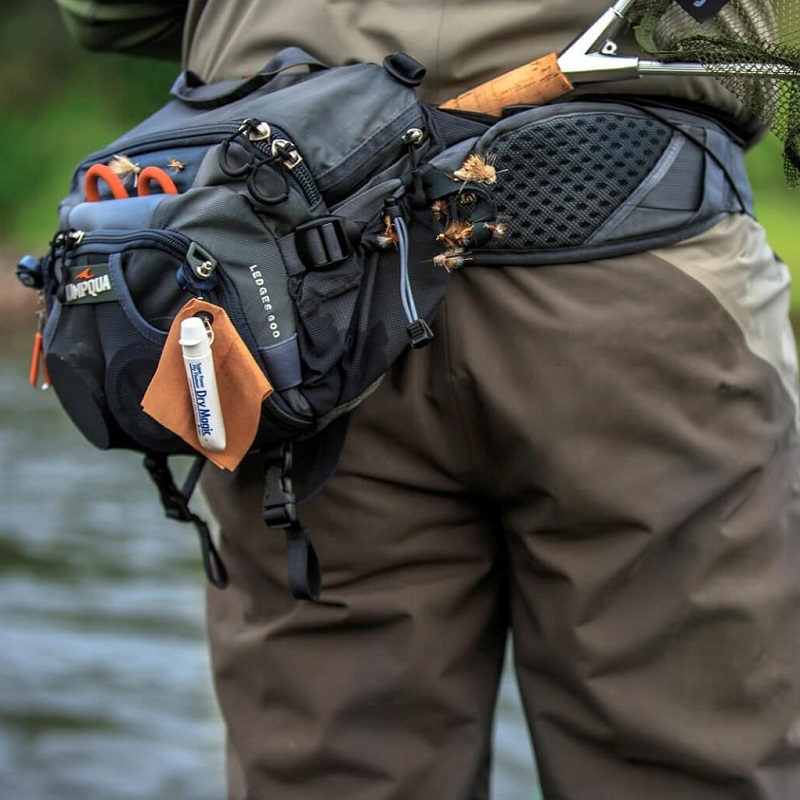
Preparing for Your Next Fishing Trip
Pre-Trip Checklist
Ensuring that your fly fishing pack is ready for your next trip involves thorough preparation and checks. Creating a checklist can help streamline this process.
Essential Pre-Trip Steps
- Check Your Inventory: Take inventory of your supplies, ensuring that you have all necessary items such as flies, tippet, leaders, and other tools. A checklist can be handy here, allowing you to mark off items as you pack them.
- Inspect Your Gear: Conduct a thorough inspection of your gear, checking for any signs of damage or wear that may need attention. This includes testing equipment like reels, waders, and rods.
- Pack Smartly: As you start packing for your trip, use your organization techniques to ensure that everything is in its designated spot. This will help minimize the time spent digging around for gear when you arrive at your fishing location.
- Stay Informed About Conditions: Gather information about the conditions at your fishing destination, such as water levels, weather forecasts, and local regulations. Being well-informed helps you plan accordingly and ensures that you arrive adequately prepared.
- Plan Your Routes and Times: When planning your trip logistics, consider route conditions, estimated travel times, and optimal fishing hours. Arriving early allows you to adjust to conditions and maximize your fishing efforts.
Conclusion
In conclusion, maintaining your fly fishing pack significantly enhances your angling experience, making it easier to access your gear and ensuring items are functioning correctly. By understanding the various aspects of pack care, including cleaning, organization, storage, and repair, you can extend the life of your equipment while ensuring you’re always ready for your next fishing adventure.
Adopting a proactive approach to maintenance involves regular cleaning, meticulous organization, effective repair techniques, and thorough preparation for trips. As we emphasize a lasting commitment to care for our fishing gear, we unlock the full potential of our outdoor experiences. So gear up and keep your fly fishing pack in top shape, ready to enjoy countless successful days on the water!
